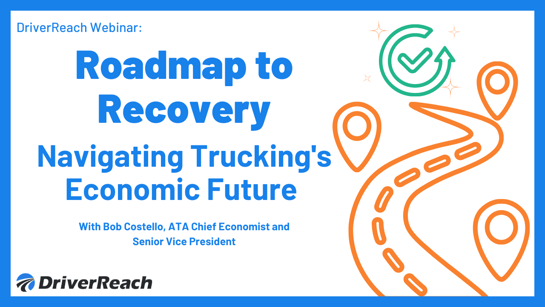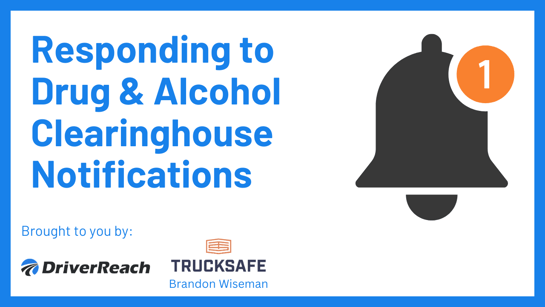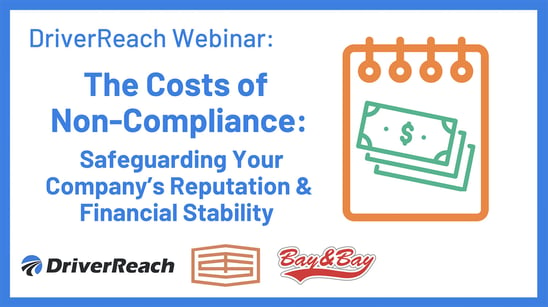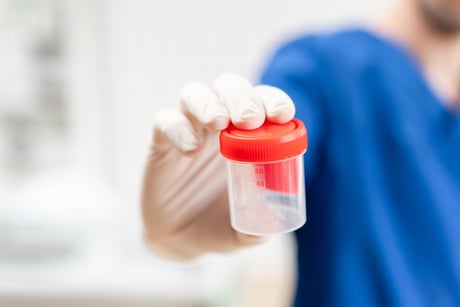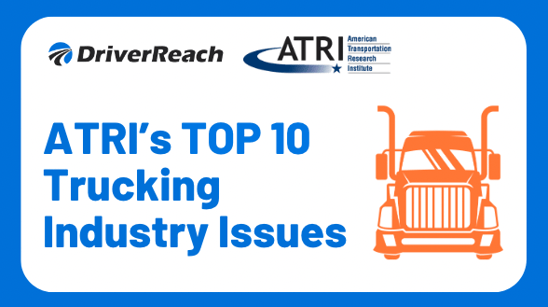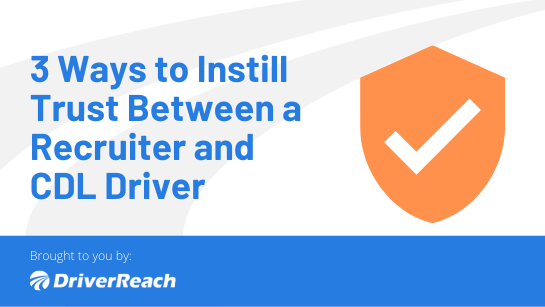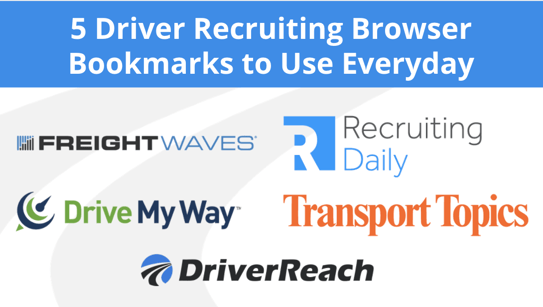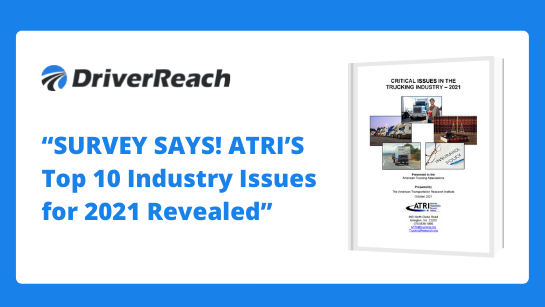💡The Drug & Alcohol Clearinghouse became fully implemented on January 6, 2023. Per the FMCSA, employers of CDL drivers will no longer need to include drug and alcohol requests in the scope of the safety performance history process of hiring a driver—the employer’s query of the Clearinghouse will satisfy that requirement. Other previous employment verification processes remain unchanged—check out VOE+ to make some of these processes easier on your team!
The information on this page is historical, educational material on this change as part of DriverReach industry content offerings. For more information on the FMCSA’s Drug and Alcohol Clearinghouse, please visit its FAQ page.
By Sean Garney of Scopelitis Transportation Consulting LLC & Regulatory Consultant to DriverReach – October 2021
If you’ve been on the rejuvenated industry conference circuit this fall, you’ve undoubtedly been reminded that, as a participant in the trucking industry, the Drug and Alcohol Clearinghouse was your idea. It usually comes in response to complaints about a tight driver market and plays up narratives in the trade press about the swelling number of drivers being disqualified because of a failed drug test.
It’s true, it was the collective trucking industry, led by the American Trucking Associations and others, who pressed for the program. It’s also true that the program is working as imagined, effectively preventing drivers from operating a CMV until they’ve completed the return to duty process. It is enabling positive behavioral change for those who want it, which is good safety.
Admittedly, most of the drivers with violations in the Clearinghouse have exited the industry, though the percentage of drivers completing the return to duty process is consistently improving. As of August 2021, just over 20% of drivers in the Clearinghouse are in “not prohibited status,” meaning they’ve taken and passed the return-to-duty test and are ready to drive again, compared to just 12% of this same group at the end of 2020.
Indeed, the month-over-month growth of drivers in “prohibited status” has slowed from an average increase of 3,642 drivers per month in 2020 to 3,058 drivers per month in 2021. The opposite is true for drivers in “not prohibited status.” 2020 saw an average monthly increase of 789 “not prohibited drivers compared to 2021’s 1,374.
This data indicates the rate of growth in the number of prohibited drivers is slower than those completing the return to duty process and returning to the industry. All of this was anticipated. We knew the first year would be tough as those who had previously evaded detection would be flushed out but that, over time, things would become more predictable as drivers and motor carriers learned what to expect.
What the industry failed to anticipate was a worldwide pandemic that would impact every area of the supply chain, led by an unprecedented lack of willing and qualified workers in every sector of the supply chain. This, combined with a major shift in consumer behavior, an unprecedented increase in freight volumes, and the full-court press attack on the independent contractor model has created the perfect storm. The situation would have been painful in any circumstance, and the loss of drivers to positive drug and alcohol tests feels a bit like adding insult to injury. However, the significant number of drivers who are disqualified in the Clearinghouse is not the cause of the driver shortage. It’s a symptom.
Being a truck driver is a difficult job and attracting new talent is challenging, which is why we’re seeing consistent increases in driver compensation, significant moves toward an improved quality of life for drivers, and efforts to find new ways to safely train younger drivers to operate heavy trucks. It’s also why some of those who test positive are choosing not to return, as the bar and the expectations are being raised. But that’s ok.
I’m reminded of a lesson my grandfather taught me: “if you hold a bird too tight, it’ll suffocate, and die. If you hold it too loose, it’ll fly away. If it flies away and never returns, it was never yours to begin with.” Perhaps if some of these drivers who don’t return following a positive drug or alcohol test, maybe they were never meant to be in trucking after all.
It’s true, it was our idea. It was a good one.
Stay up to date on CDL trucking trends! Be sure to check out the DriverReach blog for other relevant articles and head over to our webinars page for an up-to-date list of upcoming events and on-demand recordings.
Listen to Taking the Hire Road podcast, hosted by Jeremy Reymer and in collaboration with FreightWaves, for timely conversations with industry experts. For more information, or to join a live group demo, visit www.driverreach.com/livedemo



